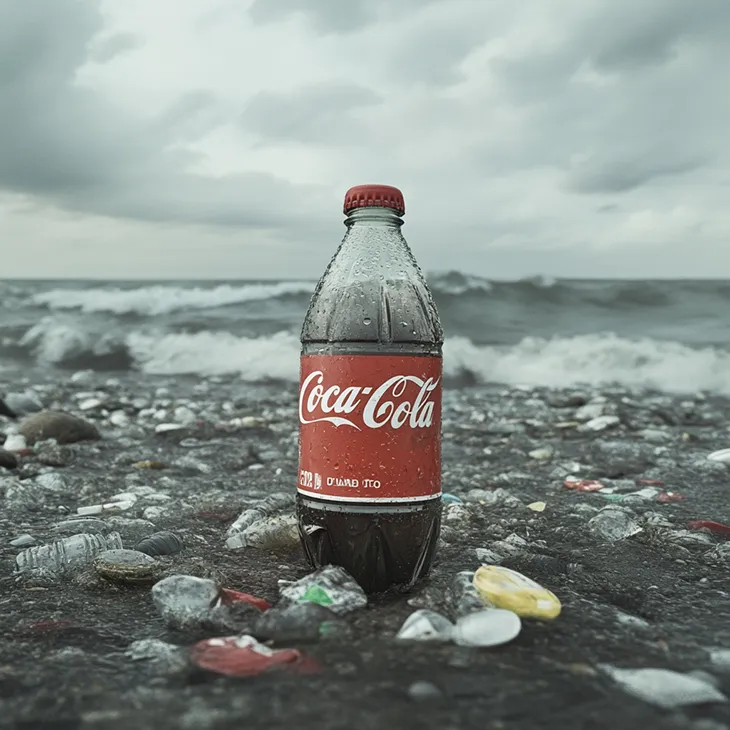Centreville l
A powerful new analysis by global ocean conservation nonprofit Oceana reveals a concerning forecast: by 2030, Coca-Cola’s plastic waste alone could dump an estimated 1.33 billion pounds (602,000 metric tons) of plastic into oceans and waterways each year — enough to fill the stomachs of 18 million whales.
This alarming number reflects the environmental cost of Coca-Cola’s packaging footprint, drawn from the company’s own reports (2018–2023) and projected based on sales growth trends. Oceana says this amount is equivalent to 220 billion half-liter bottles, raising serious concerns about marine health, biodiversity, and human safety as microplastics continue to infiltrate food systems and water sources.
Coca-Cola: The World’s Top Plastic Polluter

According to a 2024 Science Advances study, Coca-Cola remains the world’s largest branded plastic polluter, followed by PepsiCo, Nestle, Danone, and Altria. Matt Littlejohn of Oceana pointed out,
“Coca-Cola’s size gives it enormous influence. Its choices can either push the industry towards meaningful sustainability or deeper into crisis.”
The Disappearing Reuse Promise
In 2022, Coca-Cola had pledged to make 25% of its packaging reusable by 2030, admitting that returnable systems were “among the most effective ways to reduce waste.” However, that promise quietly vanished from its 2024 sustainability roadmap. The company now emphasizes recycling and improved collection, but critics argue that recycling alone is not enough — especially when used to justify more single-use production.
“Recycling has its place,” said Littlejohn, “but if recycled plastic is just feeding the single-use cycle, we’re not solving the problem — we’re deepening it.”
Oil, Climate, and Corporate Responsibility
Plastic production is a direct contributor to climate change, given its dependence on fossil fuels. Refillable packaging, such as glass bottles reused up to 50 times or durable PET bottles used 25 times, presents a real opportunity to cut emissions and reduce ocean pollution.
Coca-Cola already operates robust refillable systems in countries like Brazil, Germany, Nigeria, and parts of the U.S., including southern Texas. Oceana urges the company to build on these models rather than backslide on commitments. In a statement to AFP, a Coca-Cola spokesperson said the company continues to focus on recycled content and collection but remains
“committed to expanding refillable options as part of our long-term consumer strategy.”
The Bigger Picture
As microplastics are increasingly linked to cancer, infertility, and heart disease, and as plastic waste continues to choke our oceans, environmental advocates say the time for half-measures is over.
Coca-Cola has the infrastructure. It has the reach. Now it needs the will, said Oceana. The question is: Will the world’s largest beverage company lead the way — or drown the planet in plastic?








